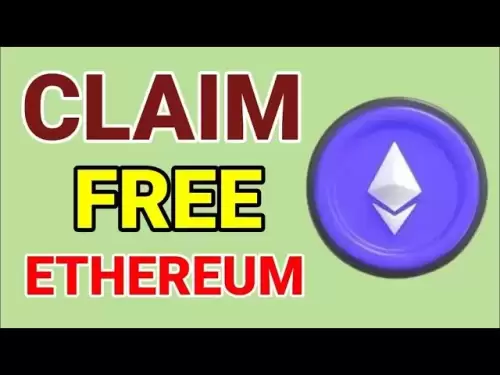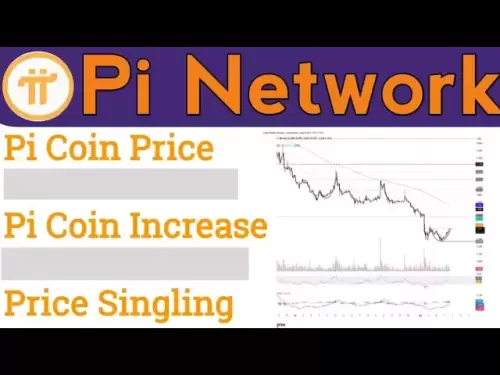-
 Bitcoin
Bitcoin $116900
0.00% -
 Ethereum
Ethereum $4280
5.48% -
 XRP
XRP $3.265
-1.45% -
 Tether USDt
Tether USDt $1.000
-0.01% -
 BNB
BNB $807.0
1.41% -
 Solana
Solana $183.1
2.93% -
 USDC
USDC $0.9999
0.00% -
 Dogecoin
Dogecoin $0.2440
6.50% -
 TRON
TRON $0.3357
-0.88% -
 Cardano
Cardano $0.8178
2.63% -
 Hyperliquid
Hyperliquid $44.13
7.45% -
 Chainlink
Chainlink $21.39
9.09% -
 Stellar
Stellar $0.4524
-0.84% -
 Sui
Sui $3.957
2.13% -
 Bitcoin Cash
Bitcoin Cash $572.7
-2.54% -
 Hedera
Hedera $0.2671
1.54% -
 Avalanche
Avalanche $24.77
4.17% -
 Ethena USDe
Ethena USDe $1.001
0.02% -
 Litecoin
Litecoin $122.3
-1.94% -
 Toncoin
Toncoin $3.432
2.26% -
 UNUS SED LEO
UNUS SED LEO $9.007
0.49% -
 Shiba Inu
Shiba Inu $0.00001396
5.26% -
 Uniswap
Uniswap $11.09
1.64% -
 Polkadot
Polkadot $4.155
4.57% -
 Dai
Dai $1.000
0.00% -
 Pepe
Pepe $0.00001253
5.11% -
 Cronos
Cronos $0.1588
2.67% -
 Bitget Token
Bitget Token $4.512
0.05% -
 Monero
Monero $275.0
0.64% -
 Ethena
Ethena $0.7527
15.10%
How to operate KAIA cross-chain transfers? What are the fees and speeds?
KAIA enables seamless cross-chain transfers between blockchains, with fees ranging from 0.1% to 0.5% and transfer times from minutes to hours.
May 07, 2025 at 03:00 pm
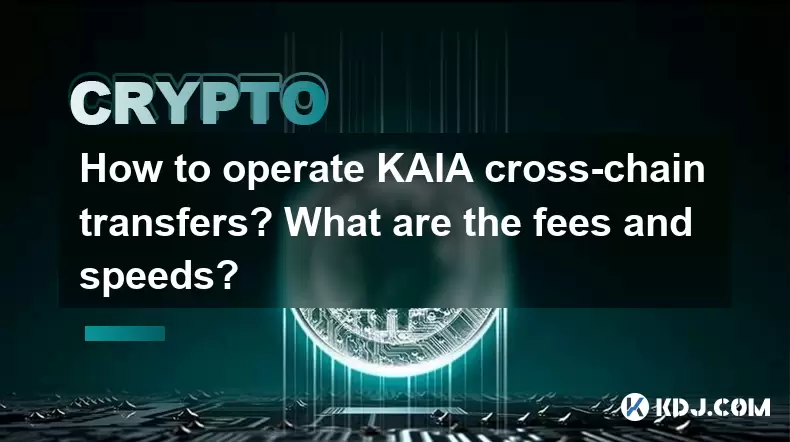
Introduction to KAIA Cross-Chain Transfers
KAIA is a cryptocurrency that facilitates cross-chain transfers, enabling users to move their assets between different blockchain networks seamlessly. This capability is crucial for enhancing the interoperability and utility of cryptocurrencies. In this article, we will delve into the specifics of how to operate KAIA cross-chain transfers, including the fees associated with these transactions and the speeds at which they are processed.
Setting Up for KAIA Cross-Chain Transfers
Before you can perform a KAIA cross-chain transfer, you need to ensure you have the necessary tools and accounts set up. Here are the steps to prepare for a cross-chain transfer:
- Install a Compatible Wallet: You will need a wallet that supports KAIA and the blockchains you wish to transfer between. Popular options include MetaMask, Trust Wallet, and the KAIA Wallet.
- Fund Your Wallet: Ensure your wallet has sufficient KAIA to cover the transfer fees.
- Connect to the Relevant Networks: Make sure your wallet is connected to both the source and destination blockchains.
Initiating a KAIA Cross-Chain Transfer
Once your wallet is set up and funded, you can initiate a KAIA cross-chain transfer. Follow these steps carefully:
- Select the Source Chain: In your wallet, choose the blockchain from which you want to transfer your KAIA.
- Enter the Amount: Specify the amount of KAIA you wish to transfer.
- Select the Destination Chain: Choose the blockchain to which you want to transfer your KAIA.
- Enter the Recipient Address: Input the address on the destination blockchain where you want to send the KAIA.
- Review and Confirm: Double-check all the details, including the amount and recipient address. Confirm the transaction to initiate the transfer.
Understanding KAIA Cross-Chain Transfer Fees
Fees are an essential aspect of any cryptocurrency transaction, and KAIA cross-chain transfers are no exception. The fees for KAIA cross-chain transfers can vary based on several factors:
- Network Congestion: If the source or destination blockchain is experiencing high traffic, the fees may increase.
- Transfer Amount: Larger transfers may incur higher fees.
- Blockchain Specifics: Different blockchains have varying fee structures, which can affect the total cost of the transfer.
On average, KAIA cross-chain transfer fees range from 0.1% to 0.5% of the transferred amount. It's crucial to check the current fee rates before initiating a transfer to ensure you have enough KAIA to cover the costs.
Speed of KAIA Cross-Chain Transfers
The speed at which KAIA cross-chain transfers are processed can vary significantly depending on the blockchains involved. Here are some factors that influence transfer speeds:
- Blockchain Confirmation Times: Each blockchain has its own block time, which affects how quickly transactions are confirmed.
- Cross-Chain Bridge Efficiency: The efficiency of the cross-chain bridge used for the transfer can impact the overall speed.
- Network Congestion: Similar to fees, high network traffic can slow down transaction processing times.
Typically, KAIA cross-chain transfers can take anywhere from a few minutes to several hours. For example, a transfer from Ethereum to Binance Smart Chain might take around 10-30 minutes under normal conditions, while a transfer involving a less congested blockchain could be faster.
Monitoring and Confirming KAIA Cross-Chain Transfers
After initiating a KAIA cross-chain transfer, it's important to monitor its progress and confirm its completion. Here's how you can do that:
- Use a Blockchain Explorer: You can track the transaction using a blockchain explorer for both the source and destination chains. Enter the transaction hash to view its status.
- Wallet Notifications: Many wallets provide notifications when a transfer is complete. Keep an eye on your wallet for these updates.
- Manual Confirmation: Once the transfer is complete, verify that the KAIA has arrived in your wallet on the destination blockchain.
Common Issues and Troubleshooting
Cross-chain transfers can sometimes encounter issues. Here are some common problems and how to address them:
- Transaction Stuck: If your transaction seems to be stuck, check the blockchain explorer to see if it's still pending or has failed. If it's failed, you may need to resubmit the transaction with a higher fee.
- Incorrect Recipient Address: If you've sent KAIA to the wrong address, unfortunately, there's little that can be done. Always double-check the recipient address before confirming the transfer.
- Insufficient Funds: Ensure you have enough KAIA to cover the transfer fees. If you're short, you'll need to add more funds to your wallet before retrying the transfer.
Frequently Asked Questions
Q: Can I cancel a KAIA cross-chain transfer once it's initiated?
A: Generally, once a KAIA cross-chain transfer is initiated, it cannot be canceled. If the transaction is still pending, you might be able to speed it up by resubmitting with a higher fee, but this depends on the specific blockchain's mechanics.
Q: Are there any limits on the amount of KAIA I can transfer cross-chain?
A: The limits on KAIA cross-chain transfers can vary depending on the policies of the source and destination blockchains. Some networks may have minimum or maximum transfer limits, so it's important to check these before initiating a transfer.
Q: Is it safe to use third-party services for KAIA cross-chain transfers?
A: Using third-party services for KAIA cross-chain transfers can be safe if you choose reputable providers. Always do your research and ensure the service has strong security measures in place to protect your assets.
Q: Can I transfer other tokens using the KAIA cross-chain bridge?
A: The KAIA cross-chain bridge primarily supports KAIA transfers. However, some bridges might support additional tokens. Check the specific capabilities of the bridge you're using to see if other tokens are supported.
Disclaimer:info@kdj.com
The information provided is not trading advice. kdj.com does not assume any responsibility for any investments made based on the information provided in this article. Cryptocurrencies are highly volatile and it is highly recommended that you invest with caution after thorough research!
If you believe that the content used on this website infringes your copyright, please contact us immediately (info@kdj.com) and we will delete it promptly.
- Shiba Inu, Pepe, and Remittix: A Tale of Memes, Hype, and Real-World Utility
- 2025-08-10 08:30:12
- Ethereum Price, ETH Tokens, Rally Prediction: Is a New All-Time High In Sight?
- 2025-08-10 08:30:12
- XRP, Elon Musk, and Wealth: A Crypto Conundrum
- 2025-08-10 08:50:12
- Retire Early with Crypto: High-Conviction Plays Beyond Bitcoin
- 2025-08-10 08:50:12
- BlockDAG, Render, and Polkadot: Charting the Course for Long-Term Crypto Dominance
- 2025-08-10 08:55:21
- Toncoin's Ascent: Price Predictions and the VERB Strategy Impact
- 2025-08-10 08:55:21
Related knowledge

How to purchase Aragon (ANT)?
Aug 09,2025 at 11:56pm
Understanding Aragon (ANT) and Its PurposeAragon (ANT) is a decentralized governance token that powers the Aragon Network, a platform built on the Eth...

Where can I buy UMA (UMA)?
Aug 07,2025 at 06:42pm
Understanding UMA and Its Role in Decentralized FinanceUMA (Universal Market Access) is an Ethereum-based decentralized finance (DeFi) protocol design...

How to buy Storj (STORJ) tokens?
Aug 09,2025 at 07:28am
Understanding Storj (STORJ) and Its Role in Decentralized StorageStorj is a decentralized cloud storage platform that leverages blockchain technology ...
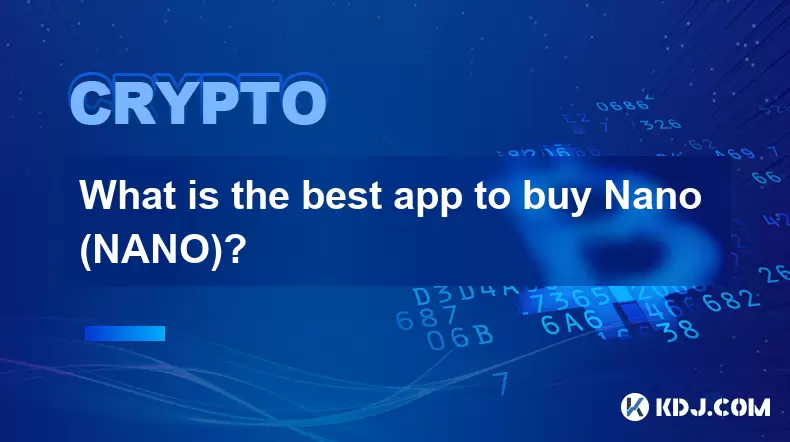
What is the best app to buy Nano (NANO)?
Aug 09,2025 at 03:35am
Understanding Nano (NANO) and Its Unique FeaturesNano is a feeless, instant cryptocurrency designed for fast peer-to-peer transactions. Unlike many ot...
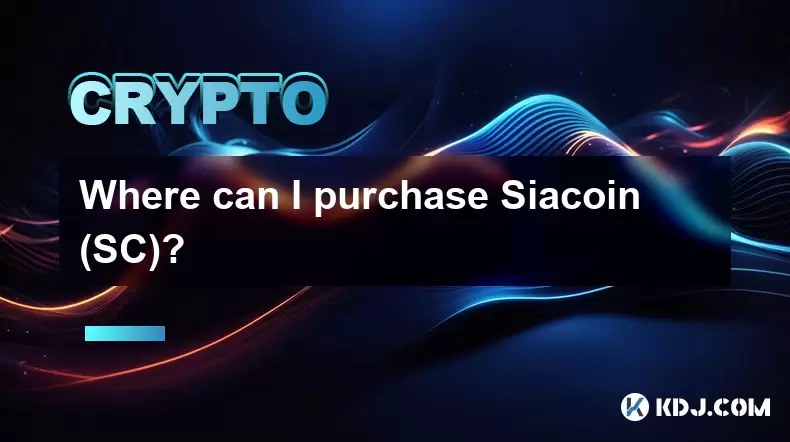
Where can I purchase Siacoin (SC)?
Aug 08,2025 at 11:14am
Understanding Siacoin (SC) and Its Role in the Sia NetworkSiacoin (SC) is the native cryptocurrency of the Sia decentralized cloud storage platform, a...
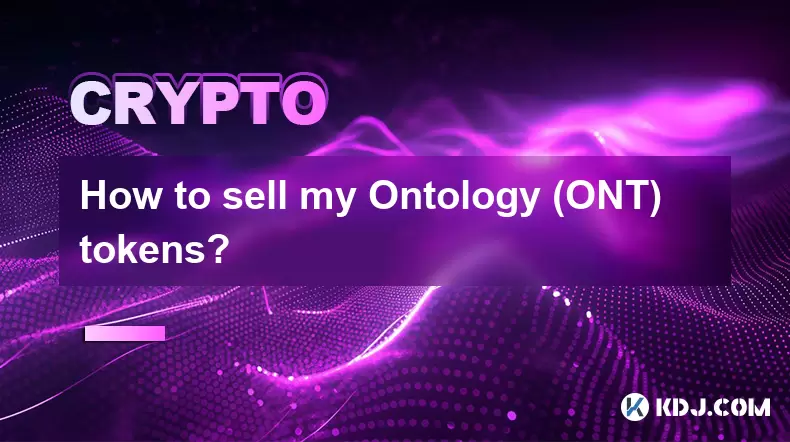
How to sell my Ontology (ONT) tokens?
Aug 09,2025 at 06:08pm
Understanding Ontology (ONT) and Its Trading EcosystemBefore selling your Ontology (ONT) tokens, it's essential to understand the nature of the crypto...

How to purchase Aragon (ANT)?
Aug 09,2025 at 11:56pm
Understanding Aragon (ANT) and Its PurposeAragon (ANT) is a decentralized governance token that powers the Aragon Network, a platform built on the Eth...

Where can I buy UMA (UMA)?
Aug 07,2025 at 06:42pm
Understanding UMA and Its Role in Decentralized FinanceUMA (Universal Market Access) is an Ethereum-based decentralized finance (DeFi) protocol design...

How to buy Storj (STORJ) tokens?
Aug 09,2025 at 07:28am
Understanding Storj (STORJ) and Its Role in Decentralized StorageStorj is a decentralized cloud storage platform that leverages blockchain technology ...

What is the best app to buy Nano (NANO)?
Aug 09,2025 at 03:35am
Understanding Nano (NANO) and Its Unique FeaturesNano is a feeless, instant cryptocurrency designed for fast peer-to-peer transactions. Unlike many ot...

Where can I purchase Siacoin (SC)?
Aug 08,2025 at 11:14am
Understanding Siacoin (SC) and Its Role in the Sia NetworkSiacoin (SC) is the native cryptocurrency of the Sia decentralized cloud storage platform, a...

How to sell my Ontology (ONT) tokens?
Aug 09,2025 at 06:08pm
Understanding Ontology (ONT) and Its Trading EcosystemBefore selling your Ontology (ONT) tokens, it's essential to understand the nature of the crypto...
See all articles





















